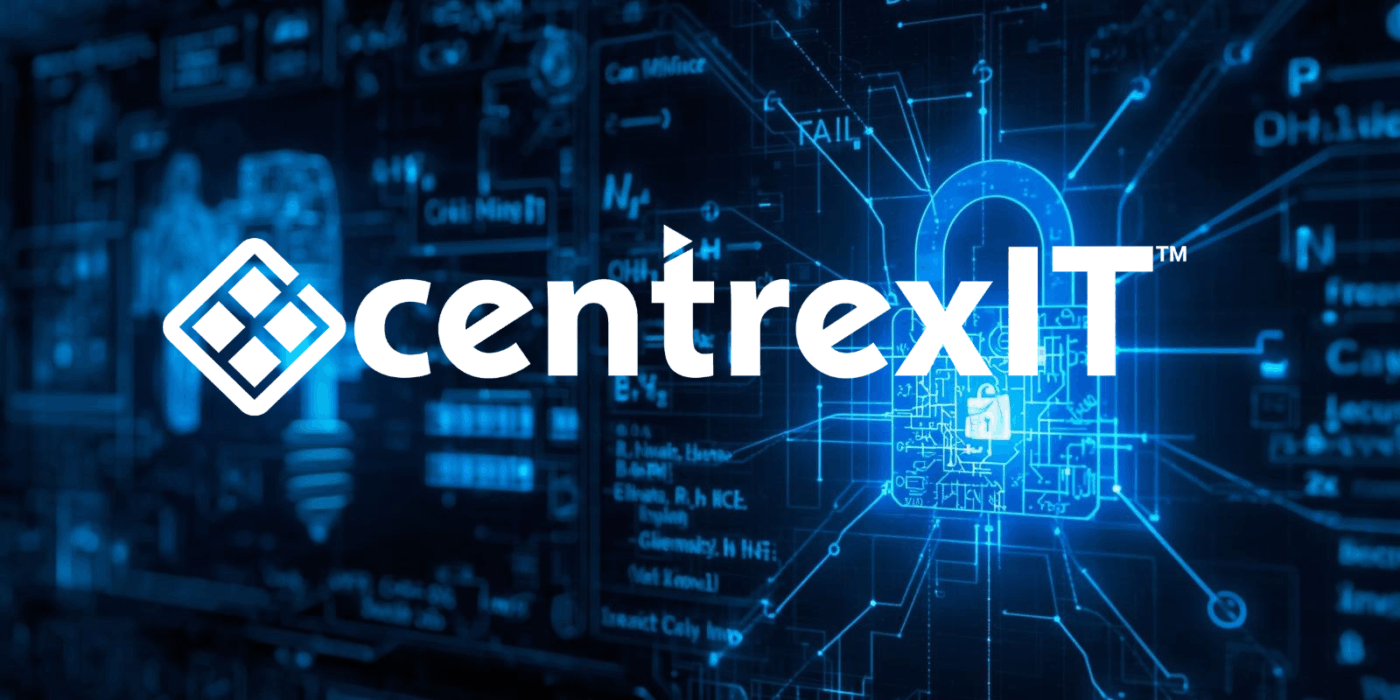The moment a breach hits, it’s too late. The time to answer the toughest questions about your company’s security is before the inevitable, expensive, and public fallout.
Cybersecurity is no longer just an IT issue; it’s a fundamental leadership responsibility that demands proactive clarity and quantifiable data.
This is the ultimate litmus test for your organization’s preparedness. If you cannot confidently and precisely answer these three strategic, business-focused questions, your business is operating with an unacceptable and unmeasured level of risk.
1. What is our Quantifiable Financial Risk (in dollars) Today?
Security spending must be a risk-based business decision, not a reaction to the latest headline. You have to move past vague fears and know the exact dollar value of your exposure.
- The Test: Can you look at your three most critical business systems (e.g., ERP, CRM, R&D platform) and state the estimated financial loss for one day of downtime?
- The Urgency: If you don’t know the dollar value of your risk, you cannot prioritize spending. You are likely over-spending on low-priority items while leaving catastrophic vulnerabilities wide open. You are flying blind.
2. What is our Recovery Time Objective (RTO) if we are hit by ransomware?
A breach is inevitable; a disaster is optional. Your Recovery Time Objective (RTO) is the maximum amount of time your business can tolerate systems being down before operational damage becomes unacceptable.
- The Test: Do you have a documented, tested plan that specifies the exact hours (or even minutes) required to restore critical systems and resume full business operations?
- The Urgency: This is the gap between continuity and crisis. If your business requires an RTO of 4 hours, but your actual, tested recovery plan takes 4 days, you don’t have a plan. You have a liability that will cost you revenue, customers, and reputation.
3. Is our Current Security Plan Defensible to the Board, Regulators, and Investors?
In this regulatory climate, “we’re doing our best” is not a defense. Negligence is costly. Your plan must be more than a collection of tools; it must be a demonstrable, objective, and mature effort to manage risk.
- The Test: If you were deposed in a lawsuit tomorrow, could you present independent, third-party data that proves your security posture is aligned with industry standards and meets your legal “duty of care”?
- The Urgency: Confidence requires data. A defensible plan is the only thing that protects your leadership team from personal litigation and liability. It’s what gives your board assurance and secures the trust of investors.
The Path from Doubt to Defensibility
If you hesitated—even for a second—while answering those questions, you’re not alone. But that doubt is a symptom of a critical business vulnerability. You cannot afford to guess.
The only logical and necessary next step is a formal Cybersecurity Risk Assessment.
This is not just an IT scan. It is a business strategy session designed to give you the objective, quantifiable data you need to:
- Answer Question 1 with precise dollar amounts.
- Validate Question 2 with a tested, realistic recovery plan.
- Prove Question 3 with defensible, third-party data.
A risk assessment transforms your security from a vague cost center into a clear, strategic advantage that protects your valuation and ensures business continuity.
Stop guessing. Start knowing.
Ready to find out if your business is prepared for due diligence? Take our 2-Minute Cyber Security Readiness Assessment.
Get an instant, clear picture of your security health and a roadmap to protect your brand.
➡️ Click Here to Start Your 2-Minute Assessment
